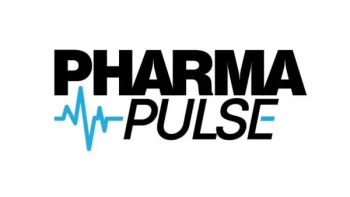
FDA issues a strategic plan for addressing drug shortages
Both intra- and inter-agency communications will be enhanced; a proposed rule codifies manufacturers' early-notification obligations
Drug shortages continue at an elevated level relative to recent industry history; FDA’s website
The proposed
The strategic plan highlights more-coordinated response to shortages; Studies issued in the past couple years by FDA and others generally attribute drug shortages to manufacturing problems, especially of generic injectable products. In light of this, FDA is “considering” a proposed Office of Pharmaceutical Quality within CDER and a more sophisticated risk-based analysis of manufacturing quality problems. Another possible action: establishing a “Qualified Manufacturing Partner Program” (QMPP) that would designate certain manufacturers as resources to address a shortage. This was suggested in FDASIA, but FDA says that it still needs industry input on its feasibility.
The Strategic Plan also makes passing reference to shortage-related situations outside FDA’s direct control: grey market trading in short-supply drugs, and financial arrangements among drug buyers. “Payers might explore financial or economic incentives to encourage high-quality manufacturing that could help reduce the occurrence and severity of shortages,” is one thought. As to the grey market, FDA says that there is only limited data available, and only encourages unnamed “stakeholders” to take action.
It’s also worth noting who FDA depends on from outside government to address the ongoing drug-shortage problem: The American Soc. of Health-System Pharmacists (which tracks shortages and provides guidance on alternative treatments); the Univ. of Utah Drug Information Service (a clearinghouse for shortage notices); the International Soc. for Pharmaceutical Engineering, which did a study of the topic
Newsletter
Stay ahead in the life sciences industry with Pharmaceutical Commerce, the latest news, trends, and strategies in drug distribution, commercialization, and market access.





